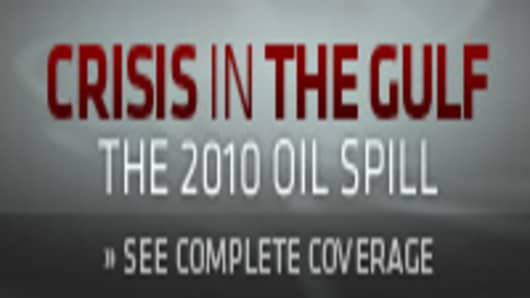An explosion on the Deepwater Horizon oil rig on April 20, ruptured a well head in the Gulf of Mexico, setting in motion one of the worst environmental disastersin U.S. history.
It is estimated than more than 184 million gallons of oil poured into the gulf as the well leaked for 86 days.
The well head was capped on July 15, stopping the flow of oil for the moment, but leaving behind miles of damaged coastline and a weathered sheen of oil on the surface of the water in some areas, and balls of tar still wash up on the beach.
BP , the operator of the well, hopes to seal the well through a "static kill" procedure where heavy driling mud and then cement are poured into the top of the well, with the goal of pushing the oil back down into the reservoir nearly three miles below the seafloor. If successful, the operation could seal the well permanently.
Even with the oil flow stopped, the cleanup of the crude that leaked for 86 days will be going on for quite a while, and the ripple effects of the spill will be felt for years to come.
The interactive map below, which is based on information from the National Oceanic and Atmospheric Administration, shows the spread of the spill in the gulf waters since April 25 and where the oil has made landfall.
Slideshows:


